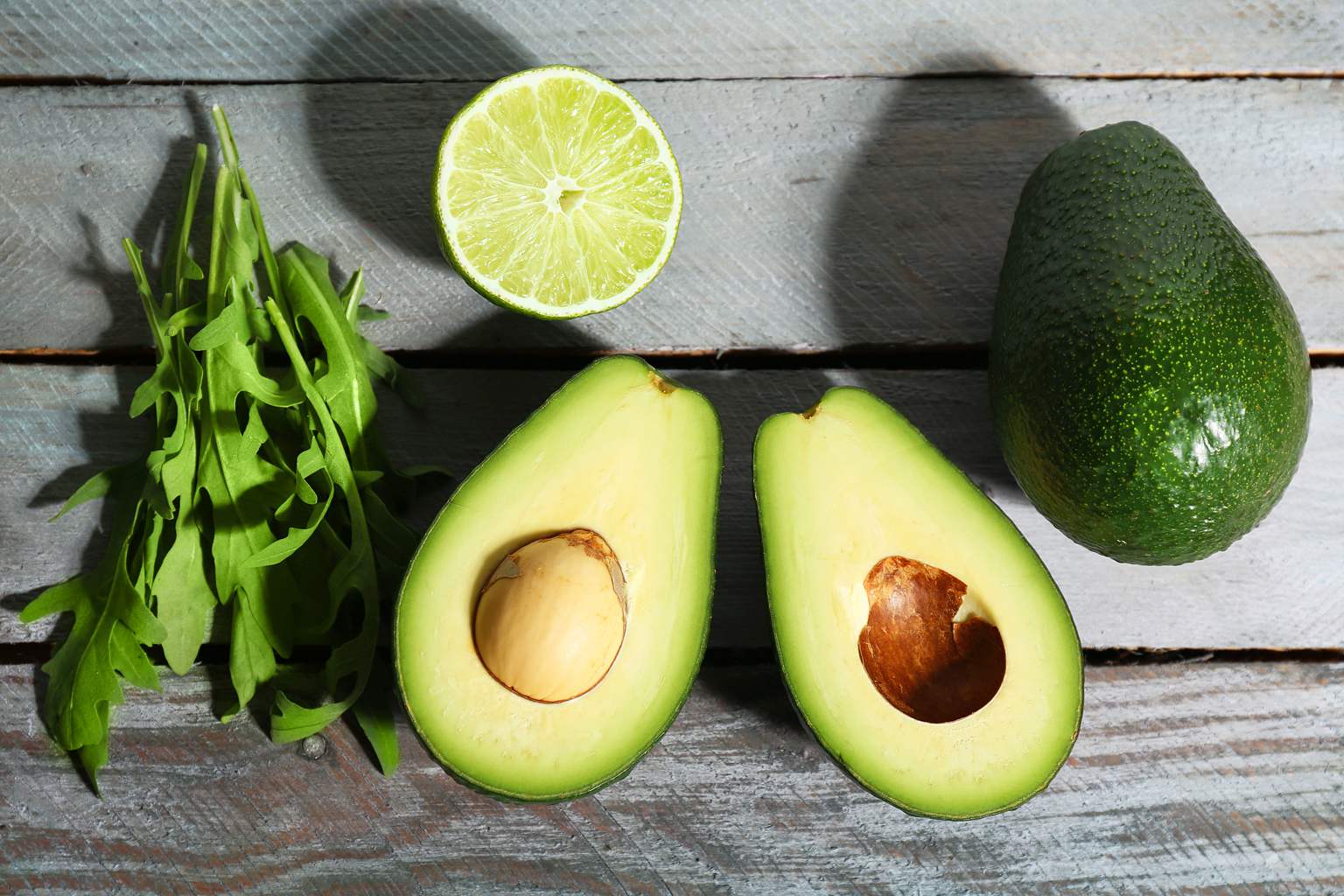Where do you usually stash your avocados in the summer? Maybe the fruit bowl or fridge? What if I told you those common spots might be speeding up the dreaded browning and spoiling? Keeping avocados fresh through the hot months is trickier than it seems, but with a few simple tricks, you can enjoy perfectly ripe, creamy avocados every time.
Understanding avocado ripeness before storage
Before deciding where to keep your avocados, it’s crucial to check their ripeness. If your avocado feels firm, it’s still in its ripening phase and should not be placed in the refrigerator. Refrigeration at this stage disrupts the maturation process, preventing the fruit from reaching that ideal buttery texture we all love.
On the other hand, soft avocados—those gentle to the touch and yielding slightly—are ready to slow down in their ripening journey. These are the perfect candidates for the fridge, where cooler temperatures can keep them fresh for a few more days.
The best summer spot to store ripe avocados
Many reach for the fruit basket when looking to store avocados, but summer heat and direct sunlight can cause trouble. Avocados sitting out in a warm, sunny kitchen can ripen unevenly or quickly turn brown and mushy.
The best place to keep ripe avocados in summer is a cool, dry, and well-ventilated area inside your home—think of a shaded countertop or a pantry shelf away from heat sources. Avoid enclosed spaces like cabinets that limit airflow. These gentle conditions help preserve their freshness without rushing the ripening.
I remember one summer when my apartment got unusually hot. I left my avocados in a fruit bowl by the window—and within a day, they turned brown and soft. Switching to a shaded shelf made all the difference. Suddenly, my guacamole was creamy and perfectly green every time I wanted it.
How to store cut avocados without browning
Cut avocados are another challenge because their exposed flesh quickly oxidizes, turning an unappetizing brown. But there are easy ways to prevent this.
Wrapping the avocado tightly with plastic wrap or storing it in an airtight container seals out the air that causes browning. Another clever trick is to sprinkle or brush the exposed flesh with a bit of lemon juice or lime juice. The natural acidity slows down the oxidation process significantly.
And don’t toss the pit! Leaving the avocado pit in place while storing slows the browning of the surrounding flesh. If you have only half an avocado, keeping the pit in and wrapping it tight is your best bet.
For maximum preservation, place the wrapped or contained avocado in the refrigerator. The cold temperature reduces enzymatic activity that leads to browning, giving you a fresh snack for a couple more days.
Timing and tips for better avocado freshness
Avocados left at room temperature usually take about 2 to 3 days to ripen. If you want to speed up this process, place the avocado in a brown paper bag alongside an apple or banana—the natural ethylene gas from these fruits promotes faster ripening.
Once ripe, hard avocados should be treated differently from soft ones. If it’s still firm, leave it in a cool spot out of the sun to finish ripening. When soft, it’s time to cool things down by moving it to the fridge with proper wrapping.
How do you handle avocado storage during summer? Do you have favorite hacks that always keep your fruit fresh? Share your tips or ask questions in the comments below—we’re all here to master the art of perfect avocados! And if you found these tips useful, why not share this with friends who love their guacamole just as much?
